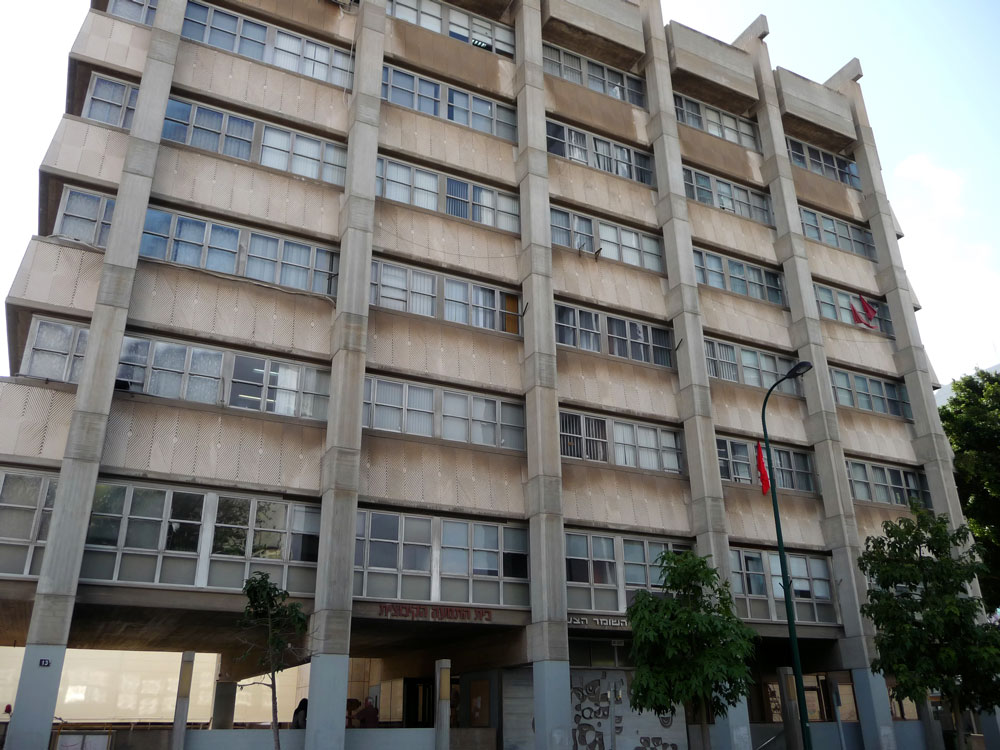
Joseph Klarwein
Joseph Klarwein
1893-1970
Born in Warsaw in 1893 Osip Klarwien he studied architecture at TU Munich from 1917-1919. He was apprenticed in the studio of Hans Poelzig. Then taking employment with Johann Friedrich Höger, known for his brick expressionism, in Hamburg. Klarwein was promoted to Senior architect in his Berlin office. He married Elsa Kühne.
Klarwein relocated to Berlin in 1931 to oversee the construction of a church in Wilmersdorf however two years later he was forced to flee Germany as National Socialists came to power. He had already expressed an interest in Palestine and he now made a new life in Haifa. Opening an architects office he became busy with a wide variety of commissions, many formative in creating a future state. Some projects were pre WW2 which had a profound on sourcing materials. In 1935 he designed Beth HaKronoth in Haifa and in ’38 the Haifa business centre. As the war ended he continued building in earnest.
Other major projects:
1951 Mount Herzl Memorial Jerusalem
1953 Dagon Silo Haifa
ZOA House Tel Aviv
1957-68 The Knesset at Givat Ram with Dov Carmi (the final design involved the input of a series of influential architects)
1967 Hebrew University Mount Scopus Campus
Plus earlier the Law Institute of the Hebrew University, Jerusalem,
Biological Institute and stadium
1950s City Hall and Nahariya City Center
1950s ZOA House, Tel Aviv,
Academy of Music, Jerusalem
Railway Station in the north of Tel Aviv
Government Compound, Jerusalem







